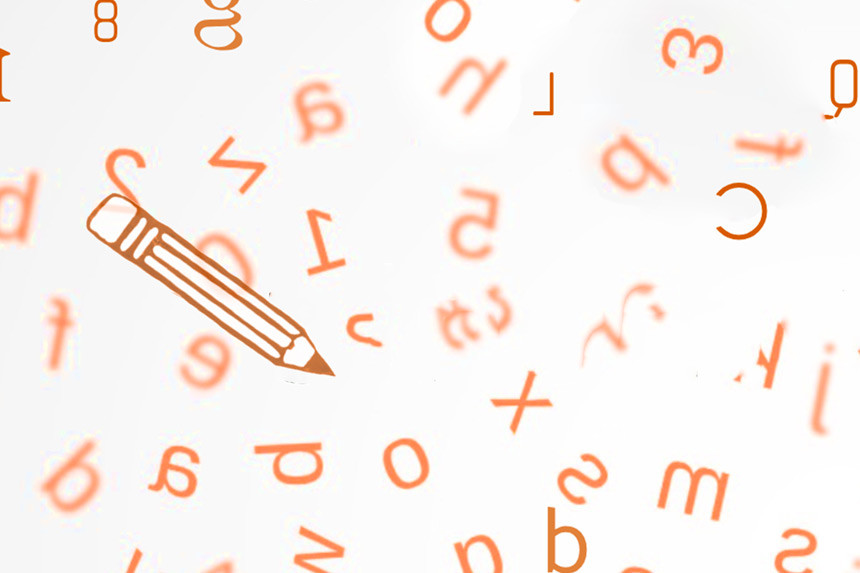
Complete Study Bundle Introductory Video and Details
What you will get:
The course is composed by 8 modules with a total of 87 sessions with one video in each session. Some of the videos are shorter than others, this is to embrace neurodivergence and is part of my designed Neurodiversity technique that I have been teaching and supporting for years. It enables you to easily go back to the video you need with the clearly listed content and structure. Have a look here below to the full content of the course and please do not hesitate to contact us if you have any question about this course.
The course structure
1 Preparing for Semester
- 1.1 Introduction
- 1.2 Preparing for the digital campus
- 1.3 Preparing for the physical campus
- 1.4 Managing the library
- 1.5 Signing up for support
- 1.6 Think about the note-taking you want to do
- 1.7 Choosing the format for your required text
- 1.8 Choosing study materials
- 1.9 Choosing the right software
- 1.10 Pre semester planning
- 1.11 Neurodivergent time
- 1.12 Emails for your draft folder
- 1.13 Planning for self-care
2 Lectures
- 2.1 Introduction
- 2.2 Managing the physical room
- 2.3 Managing the digital room
- 2.4 Preparing for the lecture
- 2.5 Introduction to taking notes
- 2.6 How to take aural notes
- 2.7 How to take doodle notes
- 2.8 Notes and software tools
- 2.9 Notes aren't one and done
- 2.10 How to ask questions in class
- 2.11 Zoning out
3 Academic Reading
- 3.1 Introduction
- 3.2 Ways to read – aural
- 3.3 Ways to read – shared
- 3.4 Ways to read – conventional
- 3.5 Making the reading work for you
- 3.6 Making reading work – highlighter and morse code
- 3.7 Making reading work – aural notes
- 3.8 Making reading work - visual notes
- 3.9 Break it up
- 3.10 Change the way you read
4 New Terminology
- 4.1 Introduction
- 4.2 Roots of words
- 4.3 Creating a visual dictionary
- 4.4 Creating academic sculptures
- 4.5 Managing overwhelm
- 4.6 Long-term memory
5 Assignments
- 5.1 Introduction
- 5.2. Working backwards and underestimating 'time'
- 5.3. How to unpack the question
- 5.4 Unpacking your thinking
- 5.5 Speaking with your lecturer/ tutor
- 5.6 Making the question work for you
- 5.7 Planning your essay
- 5.8 What to read
- 5.9 Where to start
- 5.10 Don't read everything - read strategically
- 5.11 Read the bibliography
- 5.12 Managing the rabbit-blackhole
- 5.13 Editing
- 5.14 Writing is editing
- 5.15 Writing is Editing
- 5.16 Word-count just say more...but not always
- 5.17 Word count – just say more Dyslexics
- 5.18 Word count – don't say more ADHD, AuDHD
- 5.19 Final step of editing
- 5.20 Embodied writing
6 Overwhelmed
- 6.1 When your Self says no introduction
- 6.2 Educational Trauma
- 6.3 Shame
- 6.4 Honour yourself
- 6.5 Honour yourself yoga poses introduction
- 6.6 Feet up the wall
- 6.7 Restorative yoga - Goddess or supported reclining pose
- 6.8 Restorative yoga - Supported child's pose
- 6.9 Restorative yoga pose – Savashna
- 6.10 Breathing techniques
- 6.11 The Vagus nerve
- 6.12 WWWD
- 6.13 The Wave
- 6.14 I'm useless I might as well give up studying
- 6.15 I want to cry
- 6.16 When you have to Stop
7 Managing Feedback
- 7.1 Managing feedback – Introduction
- 7.2 The frustration of not being understood
- 7.3 'Why didn't the lecturer just ask for that in the first place'
- 7.4 When the feedback doesn't make sense
- 7.5 Managing the sense of failure
- 7.6 What to pay attention to and how to put it into action
8 AI in the University
- 8.1 Introduction
- 8.2 Grammar checking
- 8.3 To help with exploring ideas
- 8.4 To help with the learning process
- 8.5 Be careful
This course helps you to develop your skills as a neurodivergent uni student and covers the following areas: preparing for semester, managing lectures, academic reading, managing new terminology, assignments, coping with overwhelm, managing feedback and a bonus of AI in the university. Do you want to know more about this course? Show me More
The course is fees based at NZD $350 + GST per year per subscription.
- Teacher: Dr. Ruth Gibbons









